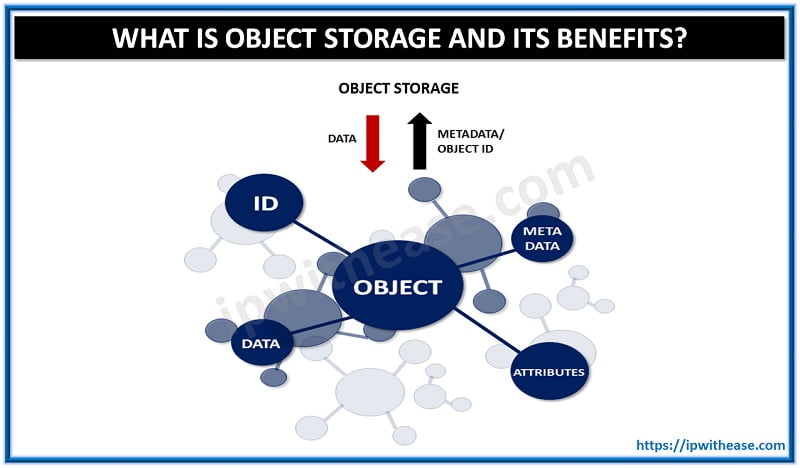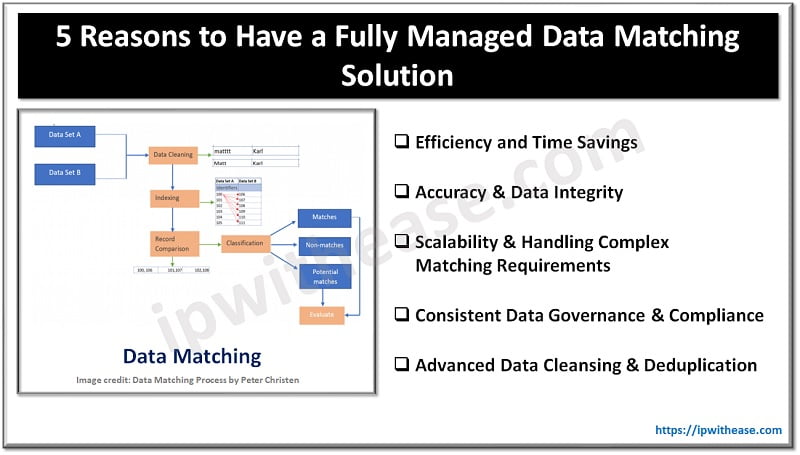
The concept of object storage relates to the optimization of data storage. Different organizations have different interpretations to this concept. These days multimedia, i.e. the videos, audios and images have gained acquired a bigger pool of space on the web. This unstructured data or objects are not stored in the form of a hierarchy. Putting it most simply, object storage is just a general pool of storage of general binary data.
Talking about the framework of an application, the developers while creating the apps also think about the storage of the structured and unstructured data. While the structured data that comprises of dates, names, identifications, and other such information, they are stored in NoSQL or SQL databases (more relatively See-Quel), the unstructured data resides in the form of object storage.
The data storage is characterized as district units, also known as objects. This data is not implanted in the files stored in other folders, but are rather stored in a flat, single storage space.
Inside the storage environment, every object is assigned a metadata which is like identification for that object. It helps understand the use of that particular data in the storage pool.
After clearing the basic concept of object storage for you, we would like to discuss about the benefits of the same.
Benefits
The major benefits of object storage have been described below:-
Faster data recovery and retrieval
For retrieving the data, the operating system reads the metadata and identification number of that particular file which makes recovering the data a quicker process. The structure of categorization of data in the object storage is different than that of file storage which has a tiered (hierarchy) structure. So, the need of filtering through the tiers of files for retrieving the data, object storage makes the task easier for the operating system.
To recover the data, the exact location of the object is needed not to be known, credits to the metadata. Also, it becomes possible for the system administrators to adopt and implement their policies recovering the data, destroying the data or preserving the data, therefore, making it easier execute damage control.
Unlimited Scalability
Object storage has an upper hand compared to other storage forms like file or block storage in terms of having infinite limits to adding data. It is compatible with cloud computing. The even structure of object storage keeps increasing its limits by adding more nodes. The data can be easily scaled to petabytes (PB). It is also beneficial for static data for which it is rightfully known in the market.
Economical
The costs of storing large quantities of data are reduced considerably with object storage. The scalability and infinite limitation of object storage allows organizations to easily store in greater amounts of data, making it a cost-effective option of storage. To add on to the benefits, if any organization or any user owns their private space in the cloud, the costs of storing the data are lowered down even more. This form of storage is also considered to be durable in comparison to other storage types as they cannot be easily scaled up and are also inexpensive for being able to store such large volume of data.
Lesser limitations
Other conventional forms of data storage like block and file storage are more limited in nature because of their hierarchical structure. The object storage is more limitless and single storehouse kind of storage pool as there is no hierarchy, which is also why object storage is more accessible than other systems of storage. There is no limit in the file attributes of metadata in the object storage rather than other file storage kind that requires a separate application for it. All of this adds on to the unrestrictive nature of object storage, which is not the case with other traditional systems of data storage.
Optimization
The metadata is customizable in object storage which does not follow any kind of hierarchy for storage and the unrestrictive nature of it makes object storage an optimized version to the other traditional data storage systems like file or block storage.
Data Analytics
Metadata drives the object storage system which is why it makes analyzing the data more enhanced.
Also refer SAN VS NAS IN STORAGE
ABOUT THE AUTHOR

You can learn more about her on her linkedin profile – Rashmi Bhardwaj



